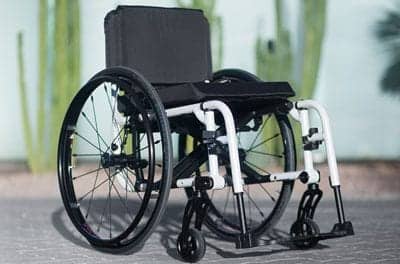A group of computer scientists have developed three new movement-based computer games resulting from sessions working with children at a special needs school.
The scientists, from the University of Lincoln, UK, the University of Copenhagen, Denmark, and University College Cork, Ireland, worked with nine children at the Lincoln-based school who use powered wheelchairs.
In a process called “participatory design,” the scientists worked with the children as a way to better understand what they would want as players from new movement-based video games.
The sessions with the children have resulted in the scientists’ development of three new video games designed with the children in mind, according to a media release from University of Lincoln.
The three games, per the release, are a downhill skiing game called Speed Slope; a robot boxing game called Rumble Robots; and an experienced adventure game called Rainbow Journey.
The games work with any type of wheelchair and use wheelchair movements to control their aspects. For example, left and right wheelchair movement translates to slaloming in the skiing game, and forward and backward movement changes the pace.
The basic version of each game tracks wheelchair movement through body position, while the extended version is marker-based if the user’s ability to move is limited.
“Our results showed that the games provided engaging experiences for players with a wide range of cognitive and physical abilities, and that the users appreciated the combination of physical and in-game challenge,” says Kathrin Gerling, PhD, senior lecturer in the University of Lincoln’s School of Computer Science, in the release.
“Most importantly, our findings suggest that movement-based games can help empower players with mobility impairments by providing experiences that are relevant to their personal situations, opening up new perspectives,” she adds.
The findings from this study were presented during the recent ACM SIGCHI annual conference: Human Factors in Computing Systems, according to the release.
[Source(s): University of Lincoln, Science Daily]





